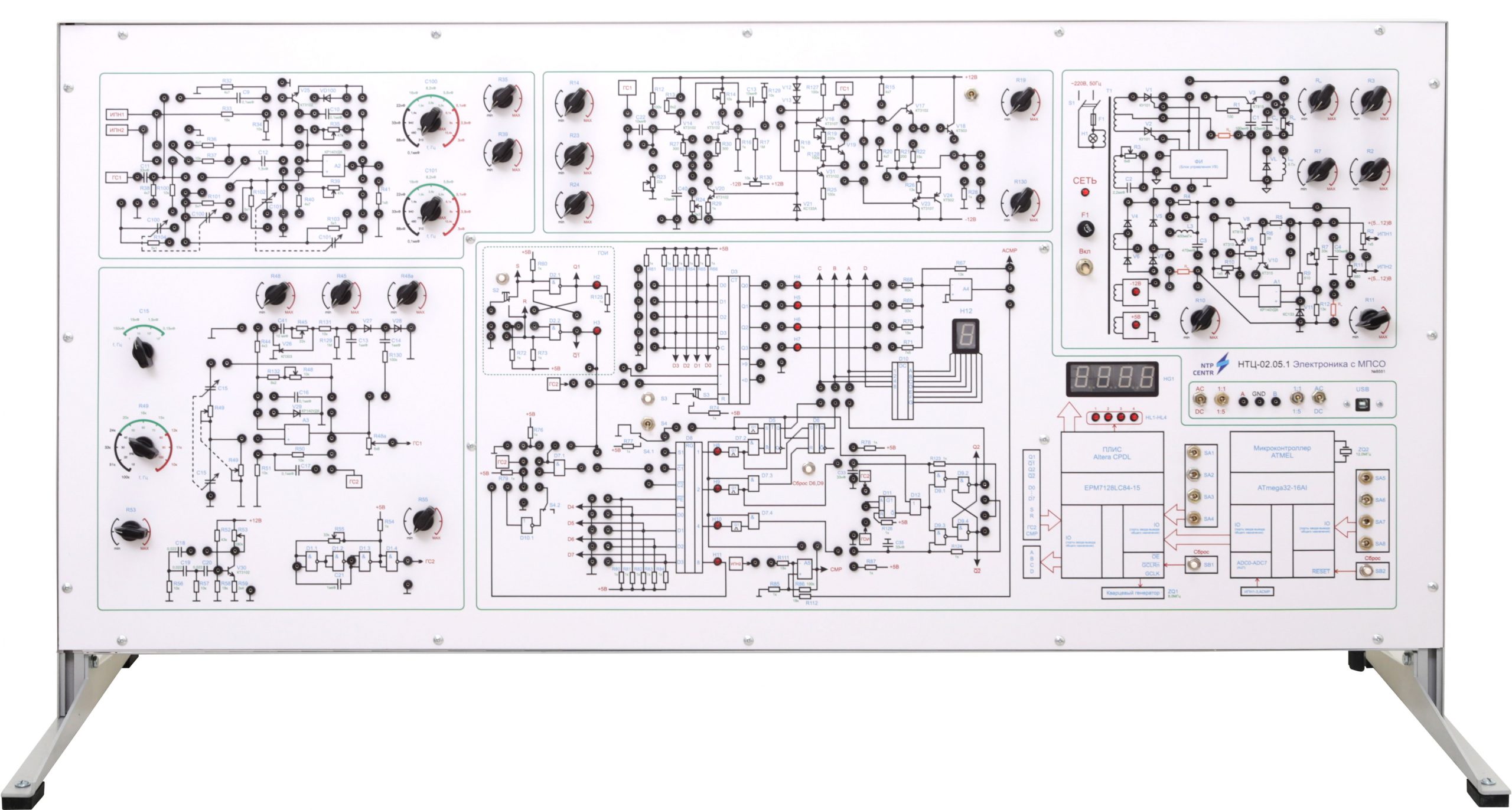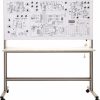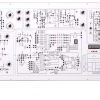NTC-02.05.1 “Electronics”
Br0.00
The educational laboratory stand is intended for conducting laboratory work for the course “Electronics” in higher, secondary specialized, and vocational-technical educational institutions. During the laboratory sessions, students explore electronic circuits and devices such as rectifiers, filters, amplifiers, operational amplifiers, logic gates, flip-flops, counters, ADCs, and DACs. The study also includes microcontrollers, FPGAs, as well as active filters and amplifiers for signal processing.
*For additional information, you can contact us via the phone numbers or email provided on the website.
 Русский
Русский



